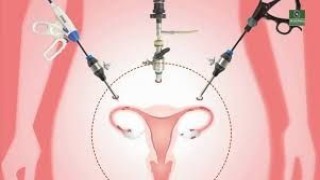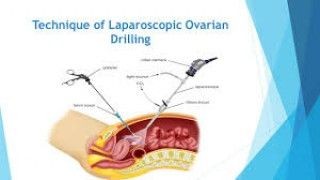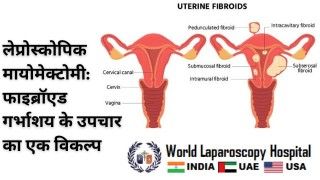Diagnostic Laparoscopy and Tubal Patency Test
Add to
Share
277 views
Report
2 months ago
Description
Infertility affects a significant number of couples worldwide, and in many cases, the cause lies within the fallopian tubes or pelvic structures. Diagnostic laparoscopy, often combined with a tubal patency test, is considered the gold standard in evaluating female infertility. This minimally invasive procedure allows direct visualization of the uterus, ovaries, fallopian tubes, and pelvic cavity while simultaneously assessing whether the fallopian tubes are open or blocked. What is Diagnostic Laparoscopy? Diagnostic laparoscopy is a minimally invasive surgical procedure performed under general anesthesia. Through a small incision near the navel, a laparoscope (a thin telescope with a camera) is inserted, allowing the surgeon to see the pelvic organs in real time on a monitor. Additional small ports may be placed to manipulate pelvic structures and improve visibility. Key Objectives: To inspect the uterus, ovaries, and fallopian tubes. To detect endometriosis, pelvic adhesions, or pelvic infections. To evaluate abnormalities such as fibroids, cysts, or congenital malformations. To plan corrective surgery if required. What is a Tubal Patency Test? The fallopian tubes play a crucial role in natural conception as they transport the egg and sperm to facilitate fertilization. A tubal patency test is performed to check whether the tubes are open or blocked. During laparoscopy, this is usually done by introducing a colored dye (commonly methylene blue or indigo carmine) into the uterine cavity and observing its passage through the tubes into the abdominal cavity. This process is known as chromopertubation. Significance of Tubal Patency Testing: Confirms whether one or both tubes are open. Helps identify the site of blockage (proximal or distal). Assists in determining whether natural conception is possible or if assisted reproductive techniques (like IVF) are needed. Advantages of Diagnostic Laparoscopy with Tubal Patency Test Accurate Diagnosis: Provides a direct view of pelvic organs, unlike imaging alone. Dual Purpose: Diagnostic as well as therapeutic, since minor abnormalities (adhesions, cysts, endometriosis) can be treated during the same procedure. Minimal Invasiveness: Small incisions with faster recovery compared to open surgery. Essential for Infertility Workup: Especially valuable when HSG (Hysterosalpingography) or ultrasound results are inconclusive. Risks and Limitations While generally safe, laparoscopy carries minimal risks such as bleeding, infection, or injury to surrounding organs. Tubal spasm during the test can also cause false impressions of blockage. Therefore, findings should be interpreted by an experienced surgeon. Conclusion Diagnostic laparoscopy combined with a tubal patency test remains the most reliable method to evaluate pelvic pathology and fallopian tube function in women with infertility. It not only offers precise diagnosis but also provides an opportunity for immediate surgical correction, thus improving the chances of conception.
Similar Videos






